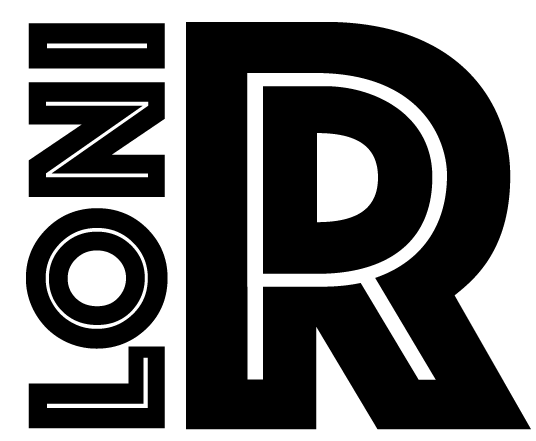The landmarks for delineating the frontal lobe include:
- Interhemispheric Fissure
- Central Sulcus
- Lateral Ventricles
- Sylvian fissure
- corpus Callosum
- Insular Cortex
- Putamen
- Caudate
- Start in the axial plane at the most superior view. The frontal lobe is everything anterior to the central sulcus and lateral to the interhemispheric fissure. Follow the central sulcus from the most lateral point of the lobe to the interhemispheric fissure. Trace the interhemispheric fissure upward. (Fig. 1)
- When the central sulcus no longer connects to the interhemispheric fissure, draw a straight line from the deepest point of the central sulcus to the interhemispheric fissure. (Fig. 2)
- Once the lateral ventricles appear, draw an angled line from the deepest point of the central sulcus to the anterior limit of the lateral ventricle, then angle the line to the interhemispheric fissure in order to exclude the corpus callosum. (Fig. 3)
- When the insular cortex can be identified, start from the sylvian (lateral) fissure and follow the insular cortex to its anterior end point but exclude the insular cortex. Then angle the line from the end of the insular cortex to the interhemispheric fissure, avoiding the corpus callosum and putamen. (Fig. 4, Fig. 5 & Fig. 6)
- When the anterior end point of the insular cortex is horizontal with the sylvian fissure, continue to exclude the putamen and caudate nucleus by drawing a horizontal line from the deepest point of the sylvian fissure to the interhemispheric fissure. When the putamen can no longer be distinguished, continue to draw a straight line from the sylvian fissure to the interhemispheric fissure. (Fig. 7 & Fig. 8)
- Once the sylvian fissure reaches all the way to the interhemispheric fissure, trace the basal part of the sylvian fissure to the interhemispheric fissure. The frontal lobe is everything anterior to those boundaries. Continue this step until the frontal lobe is no longer visible. (Fig. 9 & Fig. 10)



